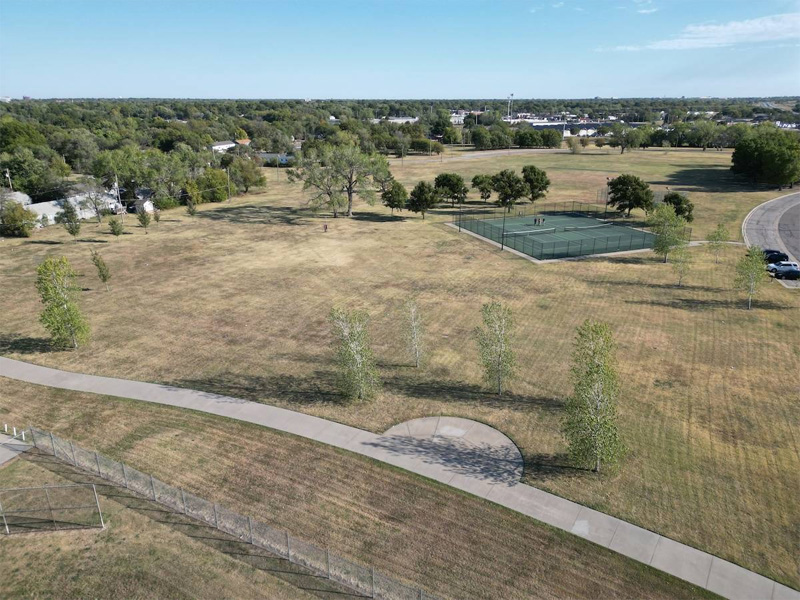Kansas is home to more than 15,000 archaeological sites containing arrowheads, ceramics and bison bones. Some of those sites, and people’s ability to learn their stories, are in danger.
Dr. Matthew D. Howland, assistant professor in Wichita State University’s Department of Anthropology, is in the early stages of modeling risks posed by erosion caused by rivers, flooding and agricultural plowing.
Funded by a $49,955 grant from the University of Kansas Center for Research and the Kansas Board of Regents, Howland is first modeling erosion risk at every archaeological site in the state, including Etzanoa near Arkansas City, using satellite imagery and spatial analysis. Kansas is home to 15,835 archaeological sites, according to the Kansas Historical Society.
“How many of these sites are at risk, and what’s the level of risk from these factors? That’s the goal of the project,” Howland said. “When you look at (Kansas), we have a whole lot of agriculture, and we have a whole lot of rivers that are crisscrossing the state. It leads self-evidently to try to understand the impact of erosion on the archaeological record.”

